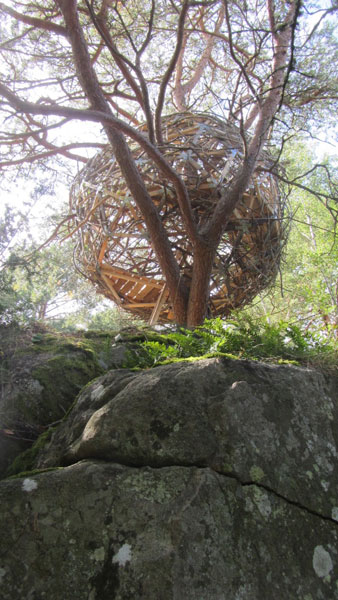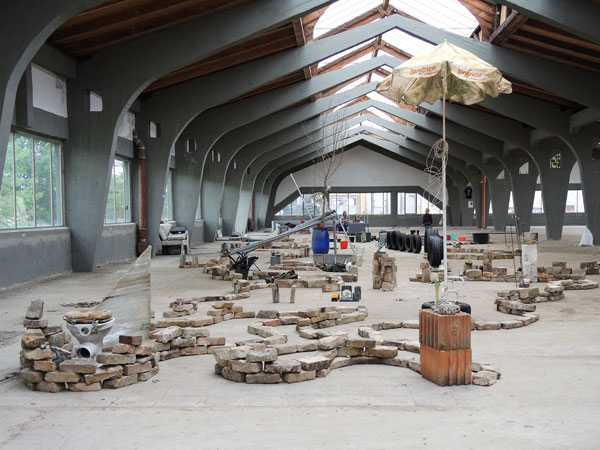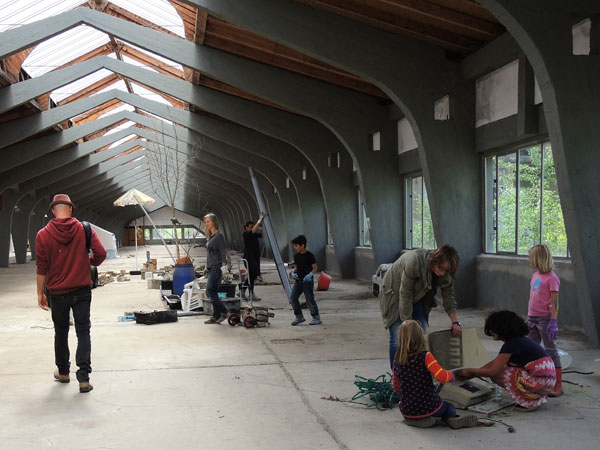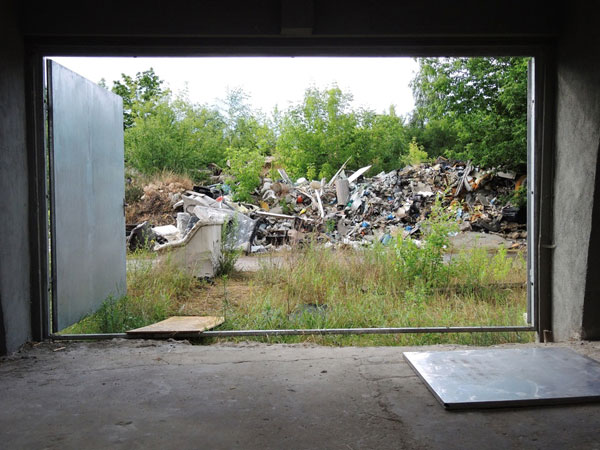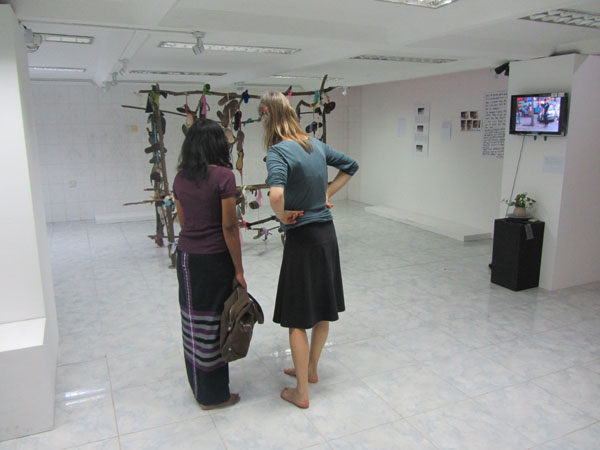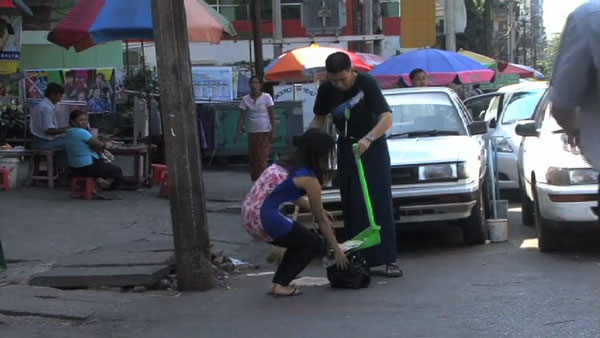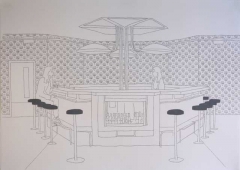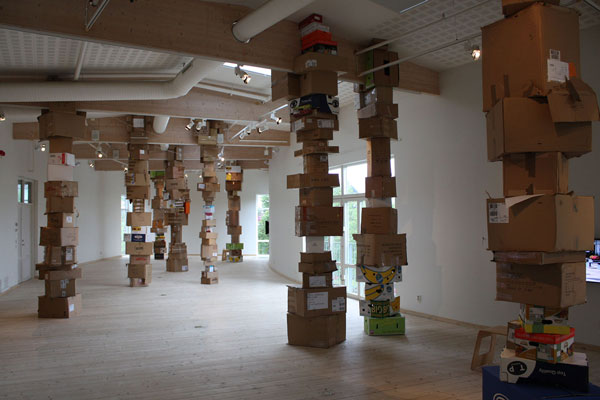
ON THE SITE FOUND, FOR THE MOMENT GIVEN (2013)
Collaboration with Daniel Segerberg and students from Hedeskolan in Kungsbacka
Cardboard boxes and three flat screens with flash mob 1-3
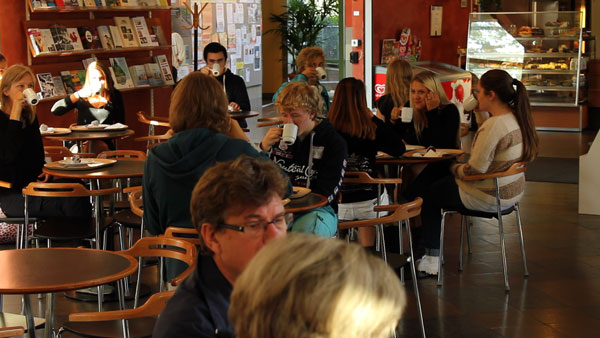
Flash mob 1: Café Trubaduren, 26 Aug 2013 ”Follow-the-Leader”
HD 4:03 min
Format: 16:9
Audio: steroe

Flash mob 2: Kungsmässan, 27 Aug 2013, ”To Tie my Shoe”
HD 2:58 min
Format: 16:9
Audio: stereo

Flash mob 3: Kungsbacka Square, 28 Aug 2013, ”My Hometown”
HD 5 min
Format: 16:9
Audio: stereo
Video excerpt
All descriptions
Kungsbacka is a small town in Sweden next to the countryside where we spend our summers. We wanted to get to know the town and its people better and for them to get to know us. Therefore, we thought it would be a good idea to make an exhibition at the Kungsbacka Art Center. We wanted to find our materials in Kungsbacka. We arrived on the Monday before the opening (on Saturday of the same week) without anything.
Two school classes (15 year old students) from Hedeskolan in Kungsbacka were invited for three days to join us in the process of making this exhibition.
Across the street from the art center is a shopping mall. Daniel was interested in the flow of goods and garbage that passed through this shopping mall each day.
He collected a lot of various old cardboard boxes with his students from the shopping mall. The cardboard became the material for their creative process.
My themes were the present, social norms and the urban space. Each day we did exercises: we played follow-the-leader through the city; we discussed norms: why to break or stretch them, and went out in the town and tried to break a social norm; we went down to the main square and discussed ”how can we use this square in another way than it is thought to be used; how can we stretch this norm?”
Each afternoon we did a kind of an everyday-flash mob.
Flash mob 1: Follow-the-Leader. I bought a cup of coffee and a cookie at a café. The other 12 students entered the café one after the other to buy exactly the same and sat down at other tables around in the café. I drank from my cup and ate from my cookie and the other 12 did exactly the same movements just after me.
Flash mob 2: To Tie my Shoe. I entered the shopping mall and placed myself at an ice-cream bar. The other students entered the mall one by one and found a place from where they could see me. Two were looking in a display window, one was waiting for somebody, three were on the escalator etc. At one point I started to tie my shoe, over and over again. The other 12 modeled after me. For 15 minutes. Then we left.
Flash mob 3: My Hometown. We occupied the main square in Kungsbacka and re-made or used it in our own style. We put up old cans with flowers in them on the lampposts, some used the benches as a starting point for their dance-parkour, some made graffiti and messages with calk, one fixed a broken tree with colourful scotch tape, two washed their clothes in the fountain and put a laundry rope between two lampposts to hang the clothes to dry on, some had a picnic at a bench, etc.
The flash mobs were filmed and shown at the art center together with the installation created out of cardboard by Daniel.
All descriptions
